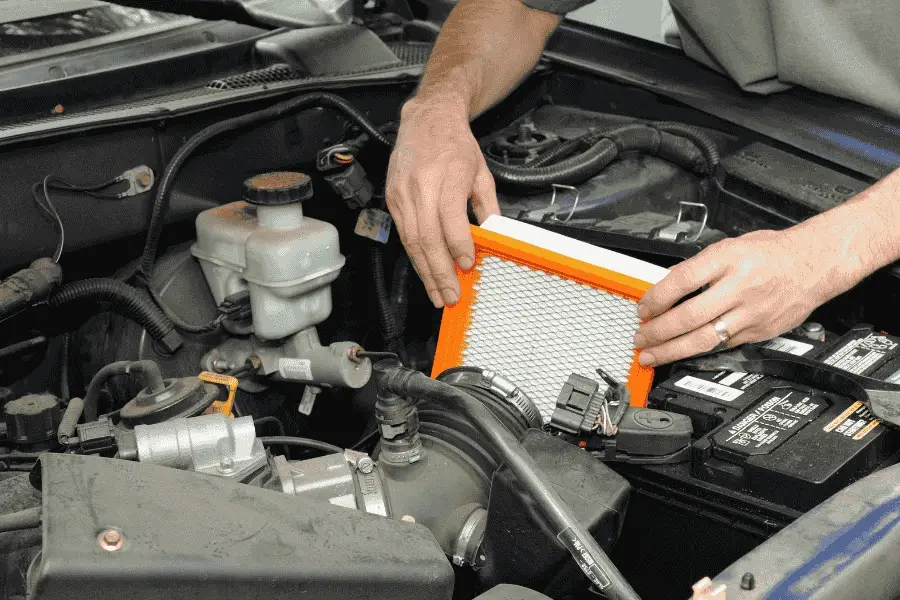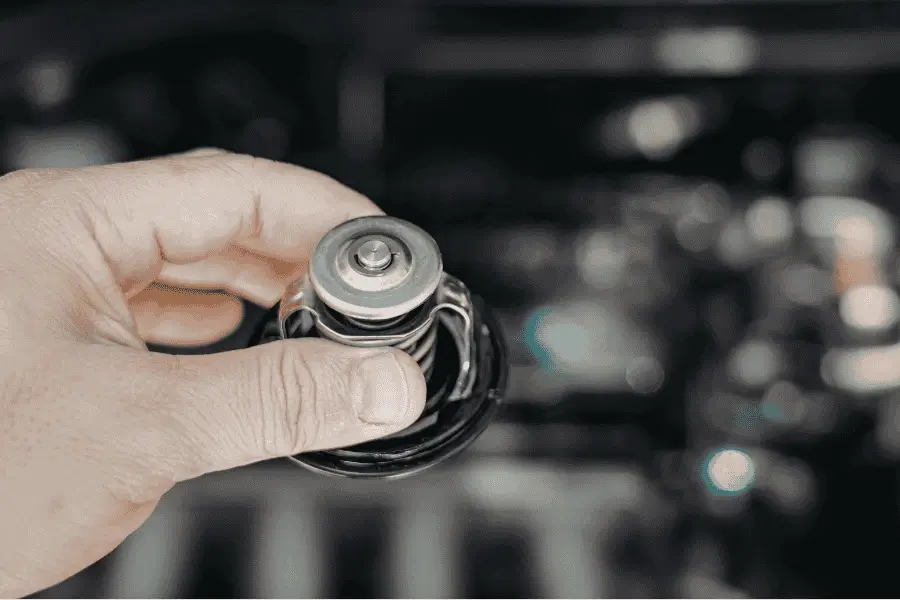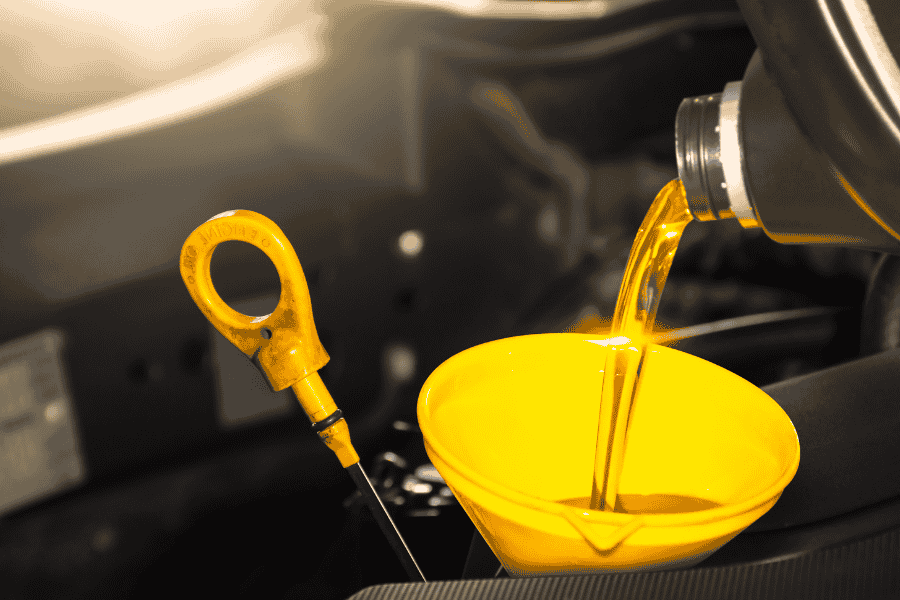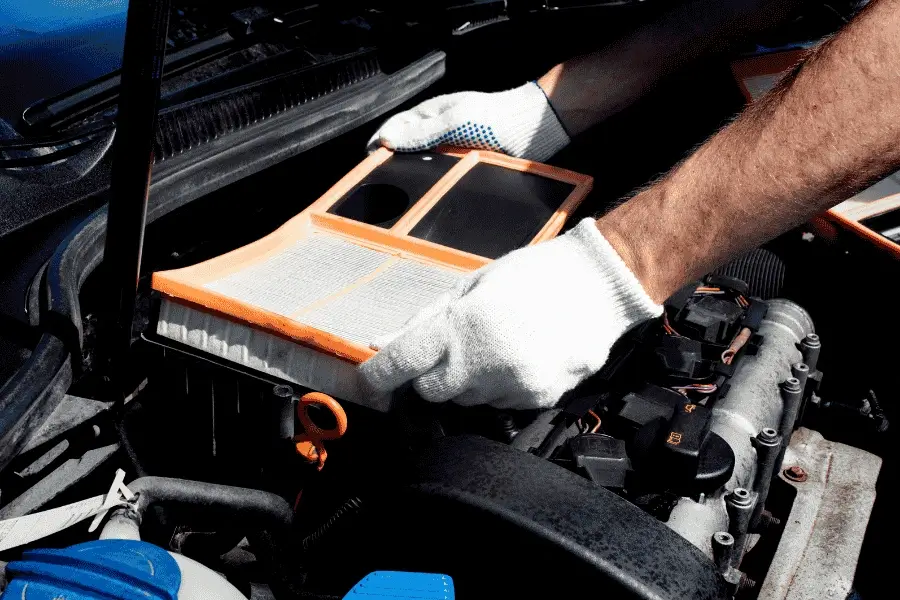Ever wondered why your engine feels sluggish or your fuel costs are rising? The answer might be sitting under your hood, a dirty air filter. Replacing it is one of the simplest ways to keep every vehicle in your fleet running efficiently.
🚨An AWS outage is impacting Simply Fleet. We’re monitoring closely.🚨

✨Subscribe before 30th April 2023 and get onboarding & training worth $99 FREE.✨ Sign Up Now


.png)








.png)


.png)
.webp)





%20(1)%20(1).webp)





